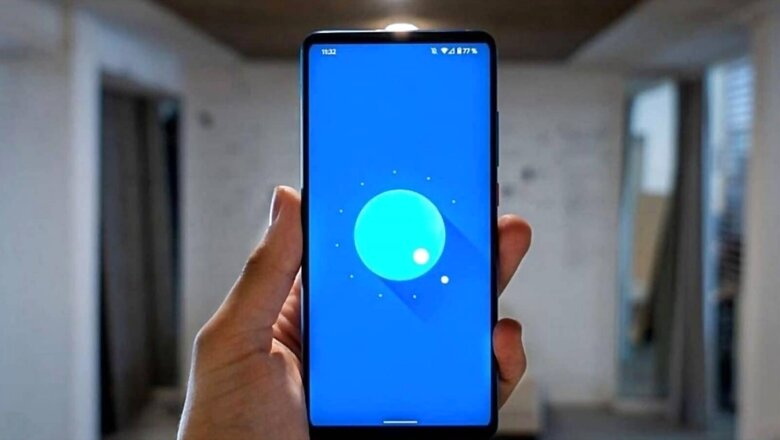
views
Getting a new Android phone is similar to moving into a new apartment: there are lots of tasks to do, and it’s easy to overlook a few details. So we’re here to remind you of a few of the lesser tasks to complete once you’ve downloaded all of your applications and signed in to your Google account on the new phone. A new smartphone represents a fresh start, and provides us an opportunity to establish some new habits regarding your applications and Android usage. Grab a calming drink, snuggle into a comfortable chair, and let’s unwrap your Android experience.
Control app Notifications
Certainly, people’s phone usage differs from one another. While the majority of the notifications will initially create sounds, pop up, and appear on the lock screen, the best part is that you can totally modify them to your liking on Android. To begin, open your Android Settings app and navigate to Apps & Notifications. Select Notifications from the drop-down menu. From there, you can adjust how you want your alerts to behave or turn them off completely for some bothersome applications. You may also modify how notifications appear on the lock screen.
Check your Do Not Disturb settings
Often forgetting to turn off your phone before class or your monthly staff meetings? Or to crank the volume back up when it’s finished? Then Do Not Disturb Automatic rules were designed specifically for you! It is one of Android’s hidden jewels, which allows you to avoid distractions or loud alerts during critical periods. In the Exceptions section, you may provide more precise restrictions for what Do Not Disturb does and does not allow you through. In the Behavior area, you can additionally choose whether notification sounds/vibrations/icons/dots are silenced during Do Not Disturb.
Safeguard your device
Your phone includes a lot of sensitive and personal information, especially if you use it for shopping, banking, or ordering pizza. It is critical to put in place strong security measures to safeguard your privacy and identity. Most Android phones include a PIN and a pattern lock for security, while many of them also have a fingerprint scanner. You may also see if your device supports Smart Lock. Smart Lock is a clever feature that allows your phone to skip the lock screen in certain circumstances.
Configure your default applications
When you just get a fresh Android phone, you’ll notice a lot of “Open with” app selection alerts as you go about your tasks and settle into your mobile application. These prompts can be irritating, but they are required if you haven’t yet selected a default app for a function. Of course, if you adjust the default applications all at once in the Settings app, you’ll avoid all those annoying pop-ups in the coming weeks. Simply go for the Default applications area under Apps and Notification settings and set your default apps.
Train up Google Assistant’s Voice Match feature and enable OK Google
Though Google Assistant is now included in the initial setup on several new devices, we know that many consumers miss the Voice Match area. Whether your new smartphone just imported your old voice model or you missed it because of setting up your smartphone in a noisy area, such as a crowded carrier store, it is better find a quiet place to train Voice Match on your new device. We can also spend this time to guarantee that saying “OK Google” will awaken your phone if the display is off and unlock your device if it’s locked.
Set up an Emergency SOS and medical information
You must enter your medical information and activate the Emergency SOS feature while configuring your new Android phone. Having access to your vital medical information will enable emergency responders to help you in case of an accident. Having emergency SOS enabled will also help you the next time you find yourself in an emergency, allowing you to notify a friend or family member. The user can also configure the system so that it automatically contacts 911 and/or records an emergency video.
Read all the Latest Tech News here




















Comments
0 comment